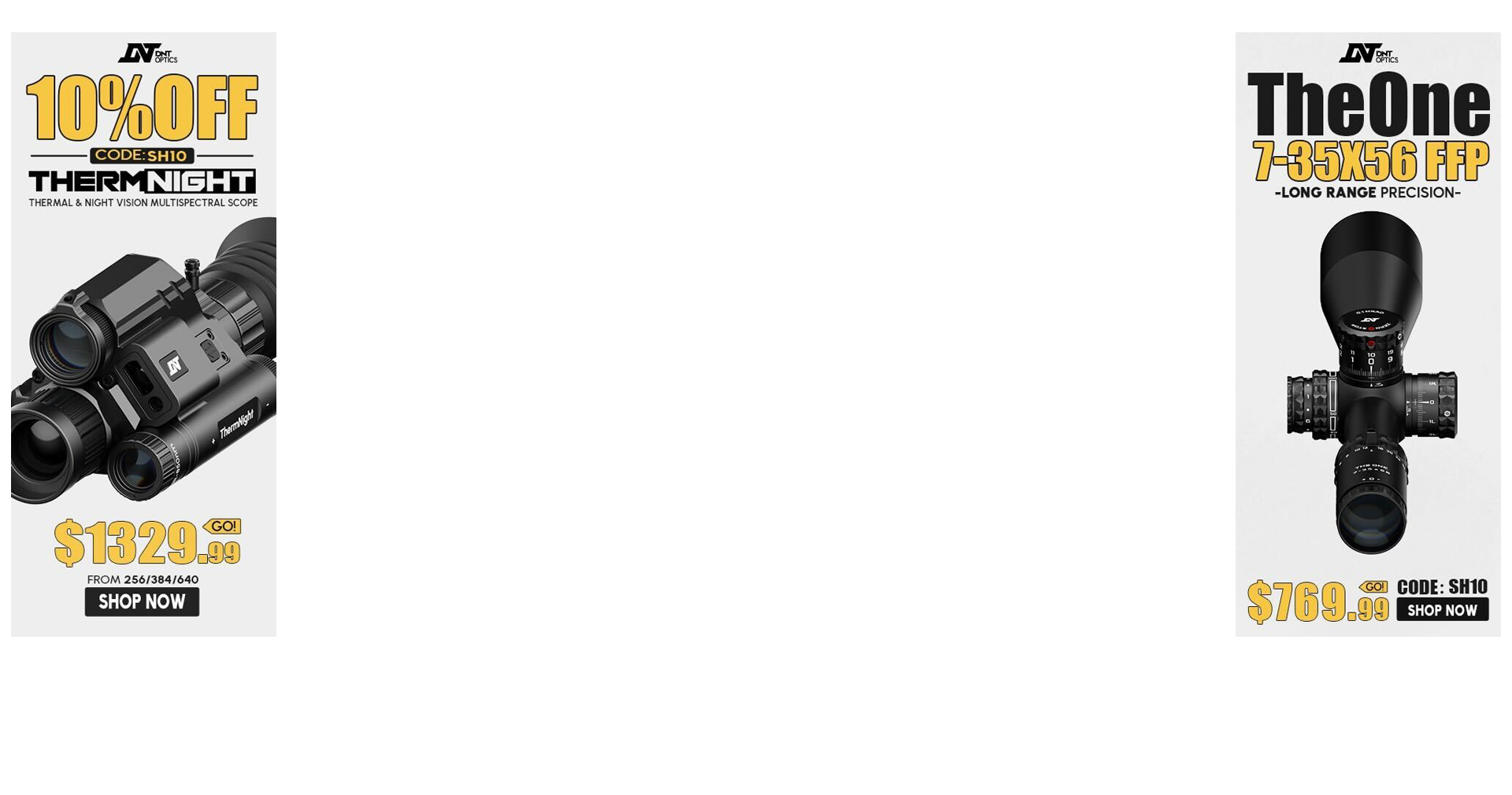Has anyone used or heard of these? These seem great for ~1000 yard shooting which is what I do. Two notable pluses: 1. Comes with tripod mount (extra $75-$100 from what I've seen if yours doesn't have one) 2. Full lifetime unlimited warranty just like a rifle scope. From what I could tell from Sig, Bushnell, Nikon, and Leica... they don't have this same warranty and usually will exempt their electronics or have a special lower tier warranty for them. With Athlon, it's totally covered. Break it, bust it up, no problem. Send it back and you get a new one. Given the relative sensitivity of electronics this is very intriguing to me.
Currently you can get one from SWFA for $404.99 with their sale going on, ends tomorrow.
Here I've copy pasted the specs for your convenience:
Magnification: 7x
Objective Lens (mm): 23.5
Range Reflective (yds): 2000
Range Deer (yds): 800
Surface Finish: Rubber Armor (Grey)
Accuracy: +/- .5
Max Angle Reading (°): + /- 70
Field of View (°): 7
Eye Relief (mm): 15
Length (in): 4.5
Width (in): 1.5
Weight (oz): 6.75
Power Supply: CR2-3V
Link to Athlon's product page
Just trying to see if anyone has any experience with them or has ordered one... with that warranty, I'm tempted to buy one.
Currently you can get one from SWFA for $404.99 with their sale going on, ends tomorrow.
Here I've copy pasted the specs for your convenience:
Magnification: 7x
Objective Lens (mm): 23.5
Range Reflective (yds): 2000
Range Deer (yds): 800
Surface Finish: Rubber Armor (Grey)
Accuracy: +/- .5
Max Angle Reading (°): + /- 70
Field of View (°): 7
Eye Relief (mm): 15
Length (in): 4.5
Width (in): 1.5
Weight (oz): 6.75
Power Supply: CR2-3V
Link to Athlon's product page
Just trying to see if anyone has any experience with them or has ordered one... with that warranty, I'm tempted to buy one.
Last edited:

